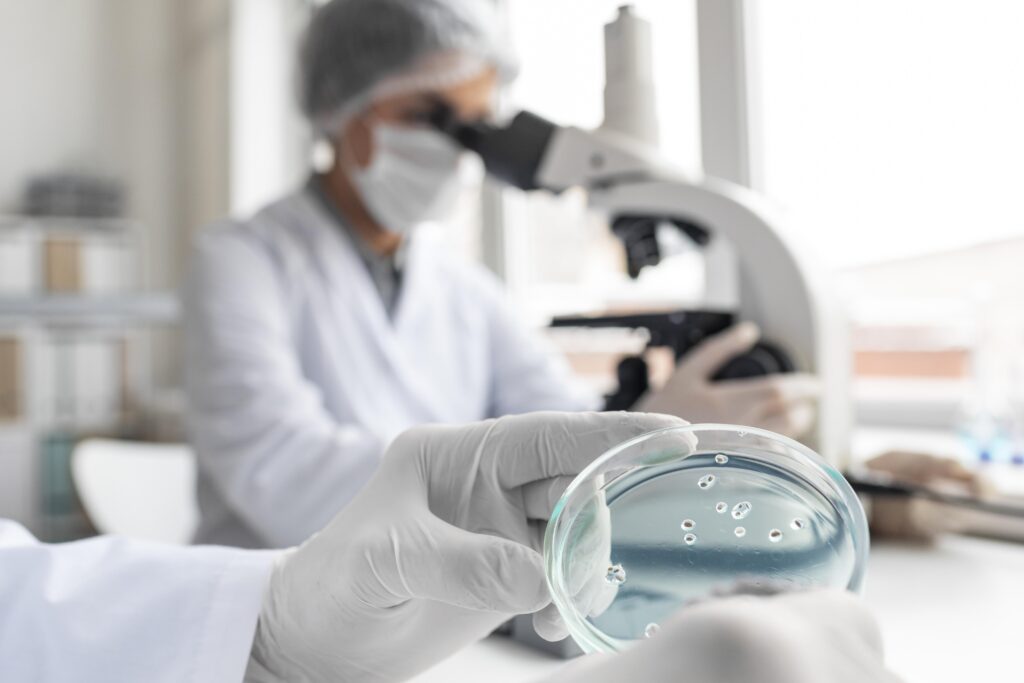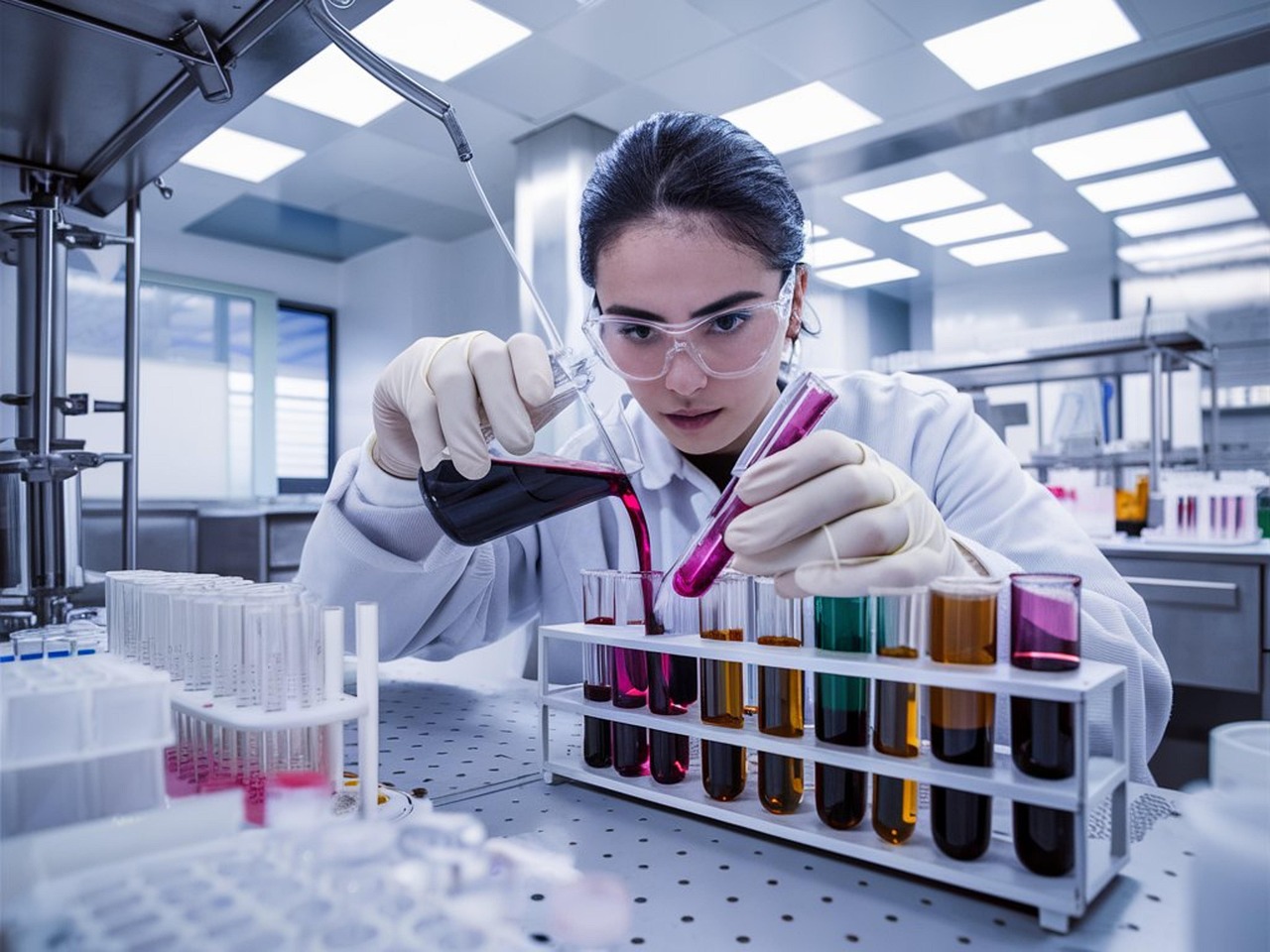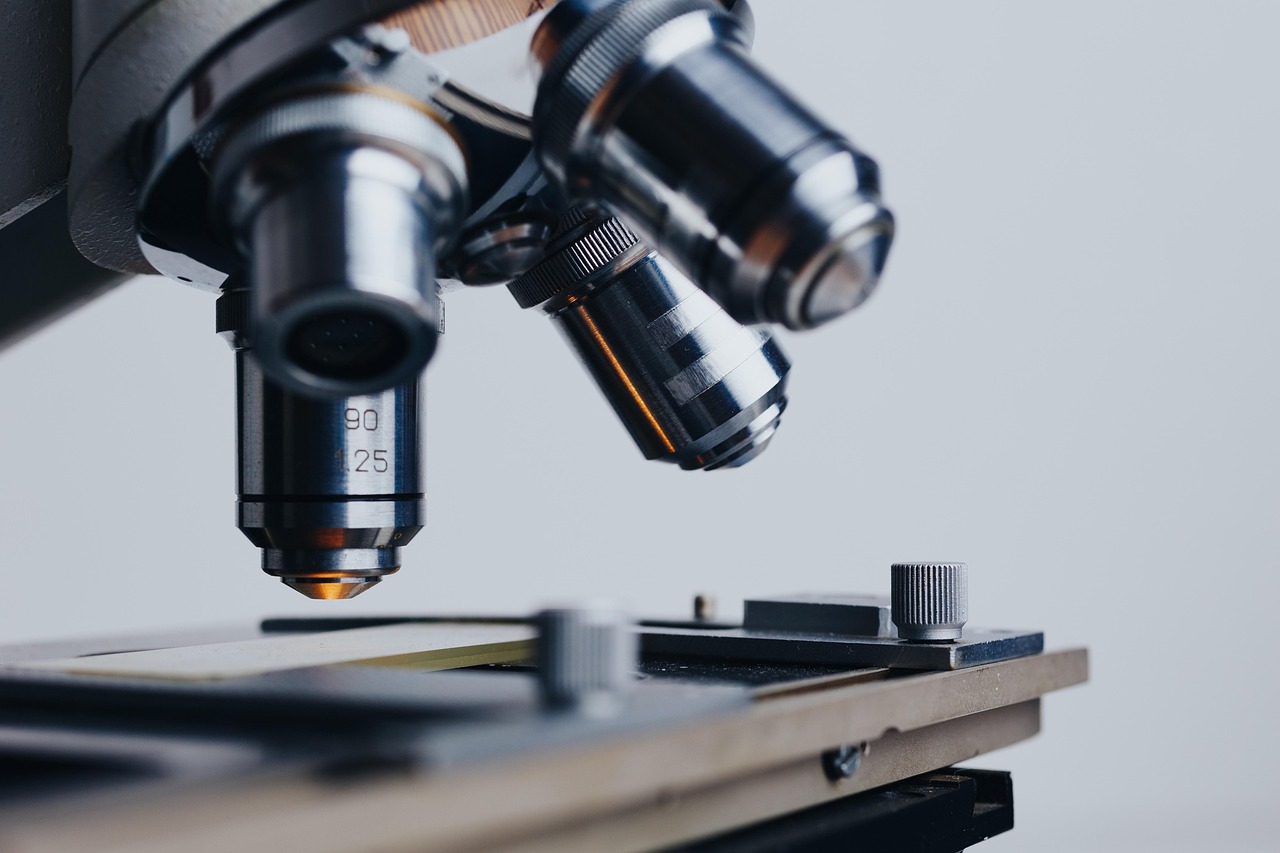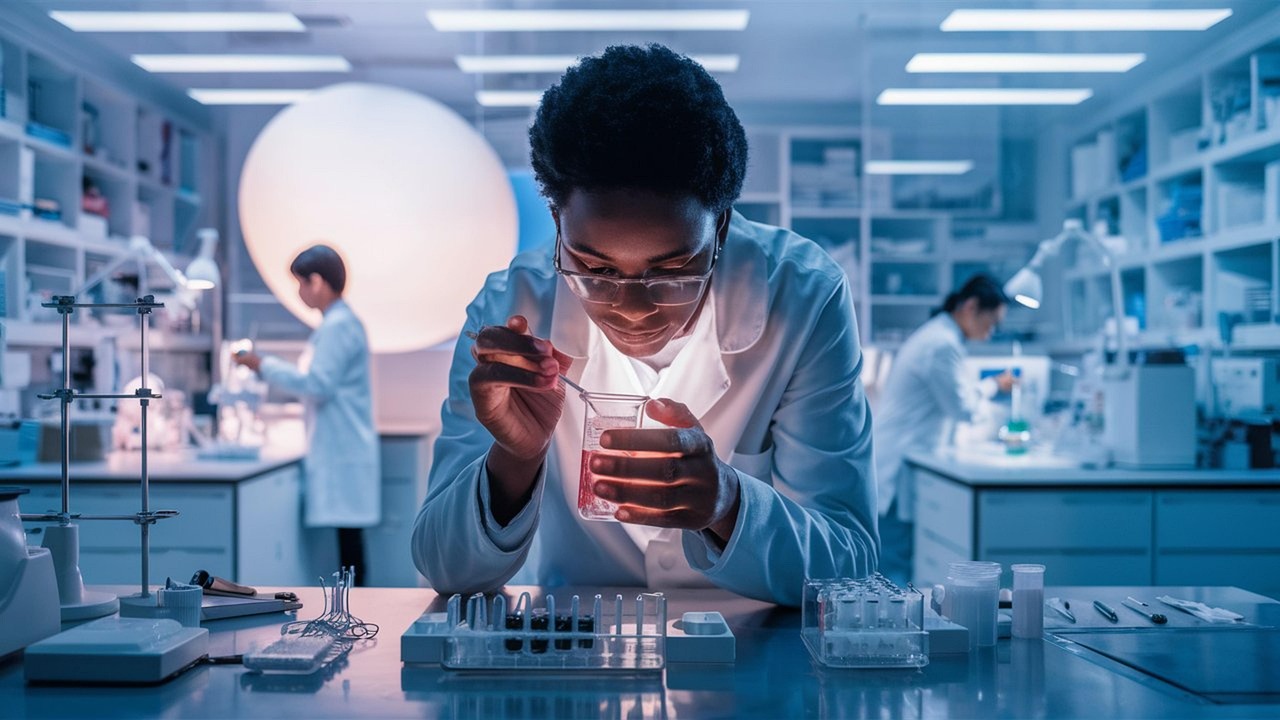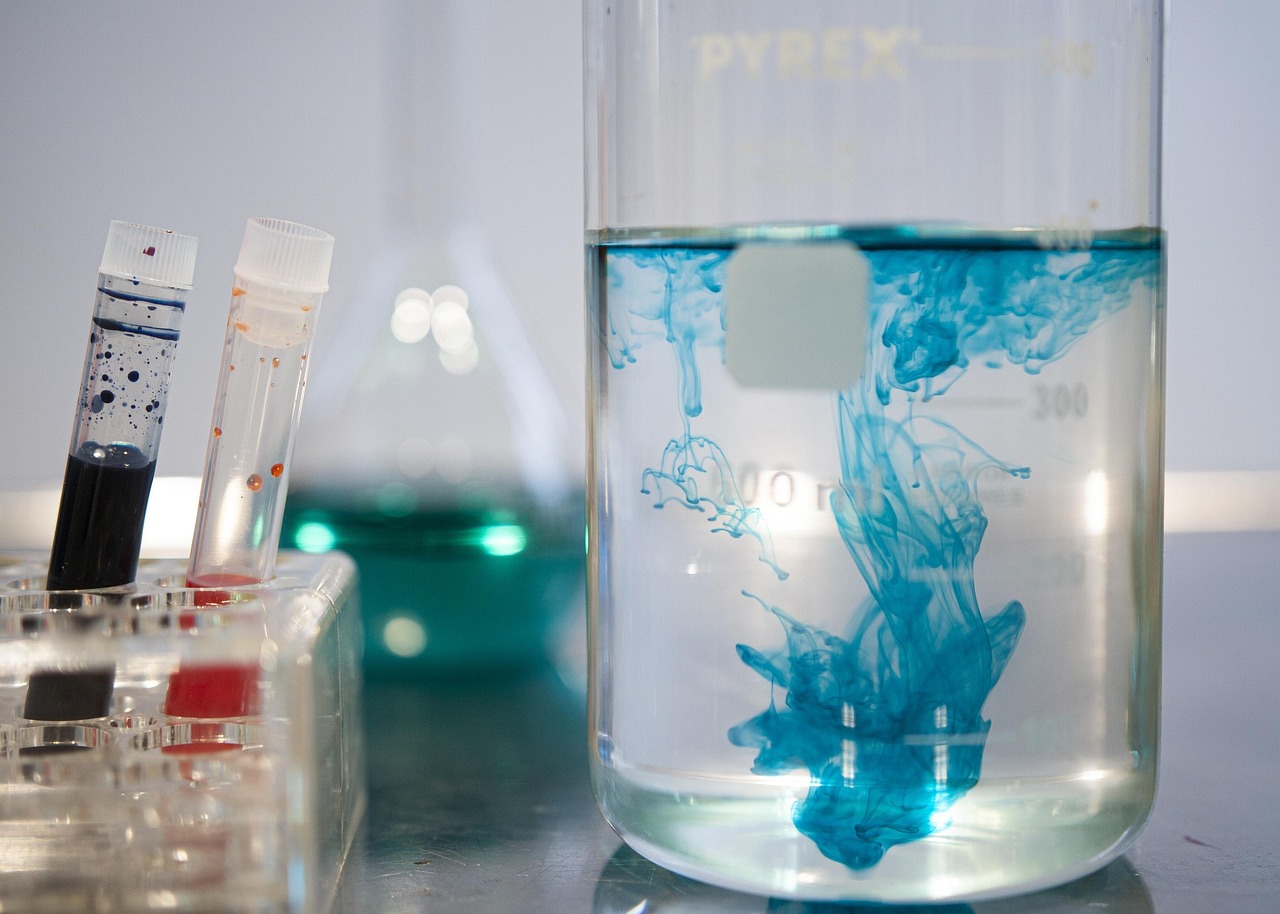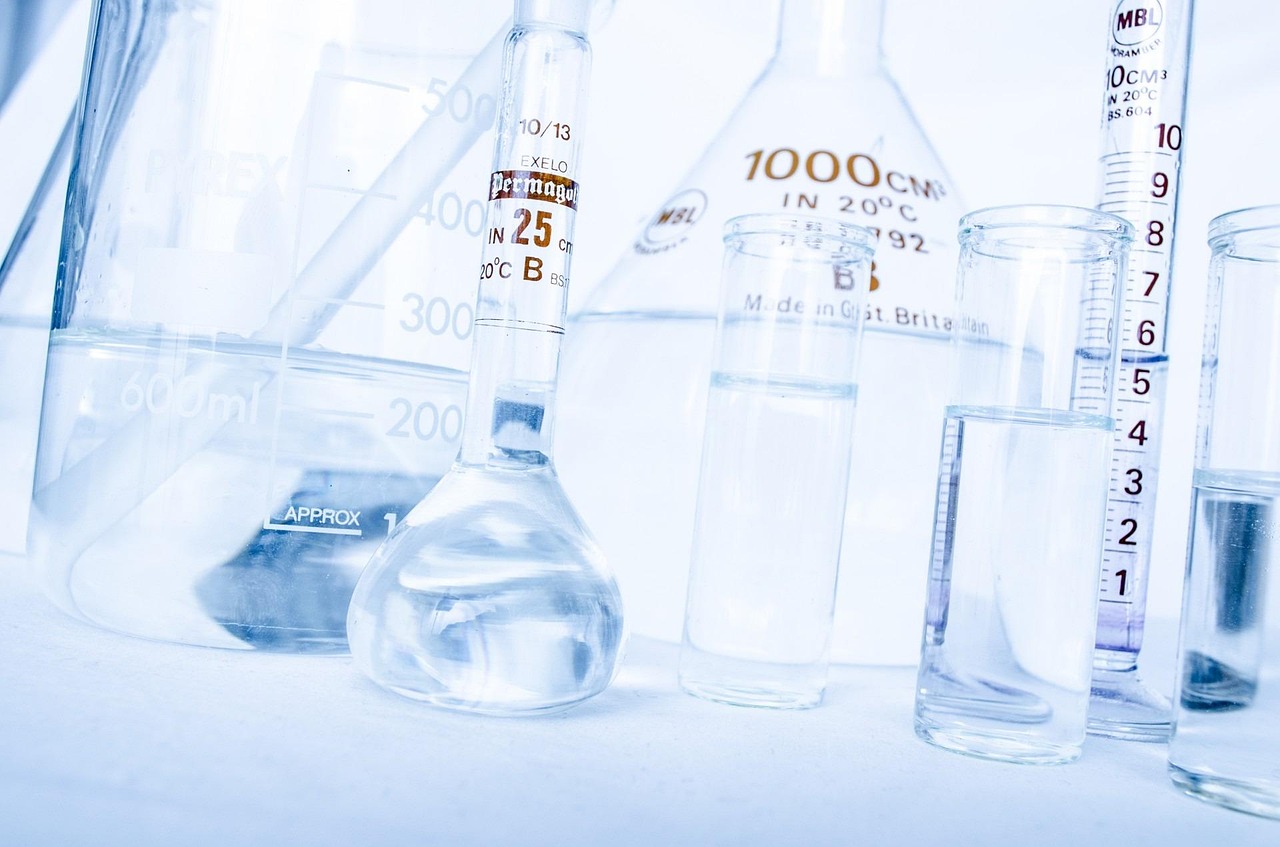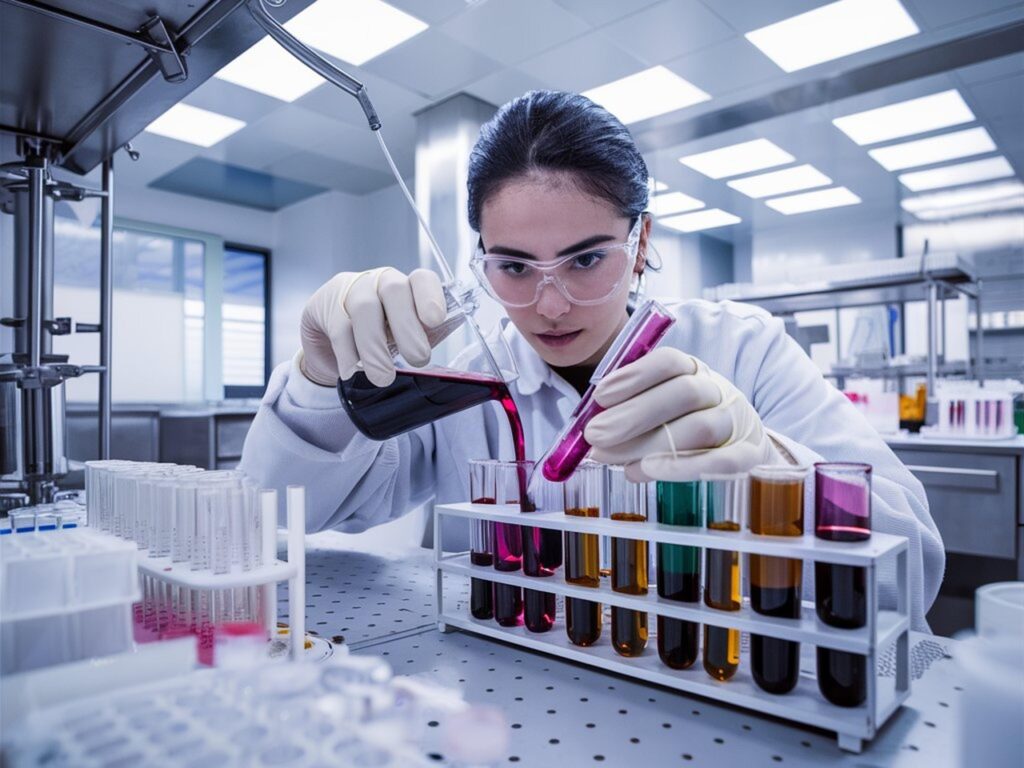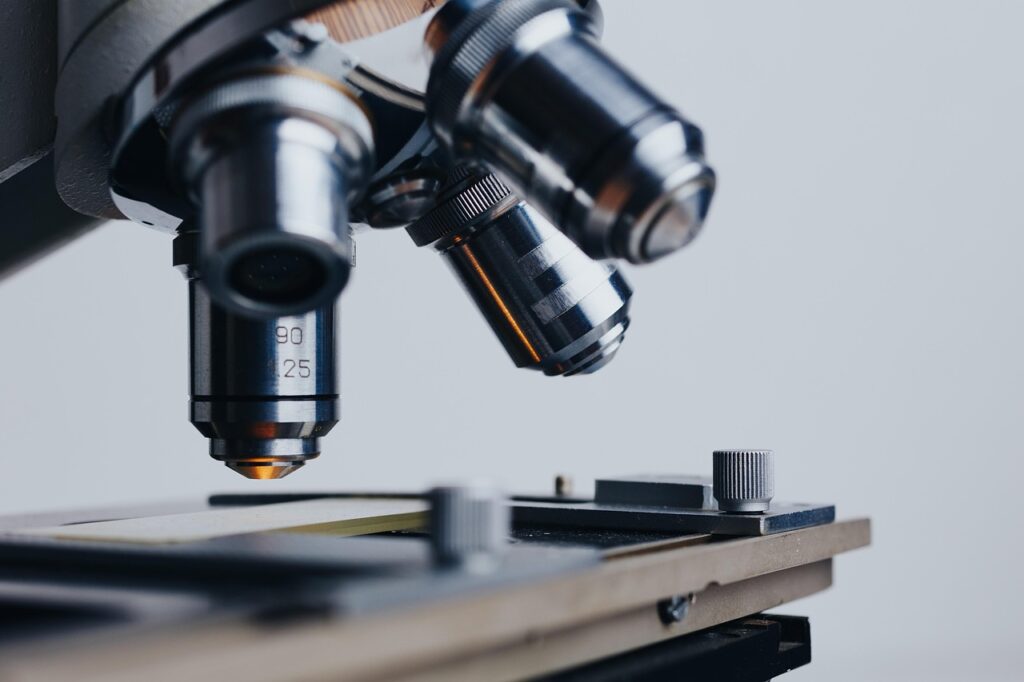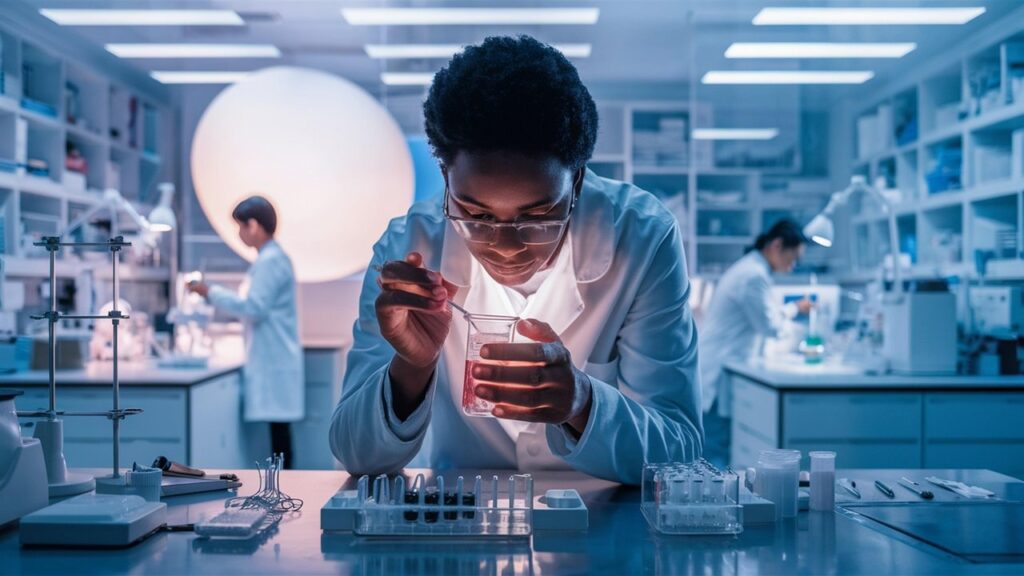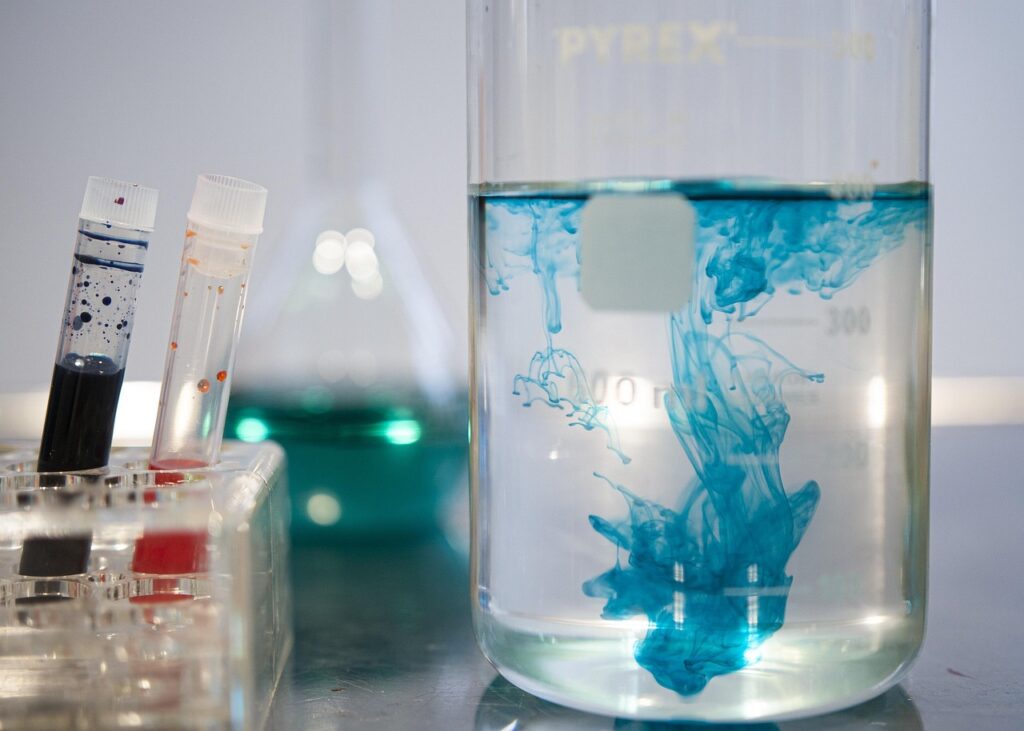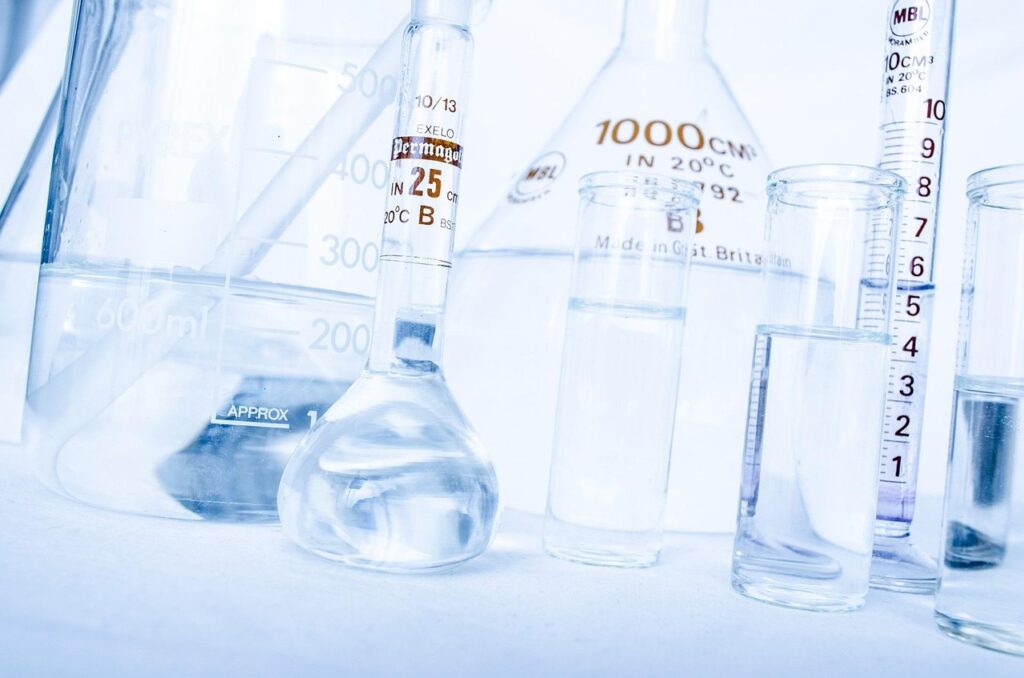Microbial contamination testing is an essential procedure that keeps our world’s food supply safe and high-quality. In laboratories all across the world, researchers use a broad variety of advanced methods that have been painstakingly developed to find and classify dangerous microbes that may be responsible for foodborne illnesses. This thorough book seeks to explore the fundamentals, practical uses, and critical significance of these methods in protecting public health.
At the core of microbial contamination testing lie meticulously designed methodologies rooted in microbiology, molecular biology, immunology, and bioinformatics, Scientists use advanced techniques like next-generation sequencing (NGS), enzyme-linked immunosorbent assay (ELISA), polymerase chain reaction (PCR), and culture-based methods to accurately and precisely navigate the complex field of microbial identification. Every method has special benefits that add up to a thorough strategy for microbiological mitigation and surveillance.
The real-world applications of microbial contamination testing span diverse sectors, encompassing food production, manufacturing, healthcare, and environmental monitoring, These methods are essential for preserving the integrity of our food supply chain and protecting public health worldwide. They range from assuring quality control in food processing plants to looking into outbreaks of foodborne illness and locating the sources of contamination. We work to strengthen our defenses against microbial threats by constant innovation and cooperation, which emphasizes the critical role that microbial contamination testing plays in our pursuit of a safer, healthier society.
Understanding Microbial Contamination Testing:
Microbial contamination testing is a critical procedure aimed at identifying and measuring microorganisms like bacteria, fungi, viruses, and parasites present in food, water, and environmental samples. These minuscule organisms pose a risk to human health because they can cause a wide range of ailments, from mild gastrointestinal distress to serious and perhaps fatal diseases. Because these pollutants are so common, it is crucial to carefully identify and measure the presence of microorganisms in order to defend public health and guarantee the safety of consumables.
The diverse array of microorganisms detected through microbial contamination testing underscores the multifaceted nature of the risks they pose. Microbial risks that can enter our food and water supplies include bacterial diseases like Salmonella, Listeria, and Escherichia coli, as well as fungal pollutants like Aspergillus and Penicillium. Furthermore, the intricacy of microbial contamination is increased by viruses like norovirus and parasites like Cryptosporidium, requiring stringent testing procedures to mitigate
The technique of locating and measuring microorganisms including bacteria, fungus, viruses, and parasites in food, water, and other environmental samples is known as microbial contamination testing. When ingested, these organisms can provide significant health hazards, resulting in ailments ranging from minor gastrointestinal distress to severe and potentially fatal disorders.
Importance of Microbial Contamination Testing:
The significance of microbial contamination testing cannot be overstated. Each year, tainted food and water produce foodborne illnesses that affect millions of people globally. These occurrences not only cause suffering to people but also have significant financial ramifications for people, companies, and healthcare systems. Testing contributes to the prevention and detection of microbial contamination, which lowers the frequency of foodborne illnesses and safeguards public health.
Techniques Used in Microbial Contamination Testing:
1. Culture-Based Methods:
Microorganisms contained in a sample are grown using culture-based methods on selective or differential media. These methods rely on microorganisms’ capacity to proliferate and establish observable colonies in certain environments. The spread plate method, pour plate method, and membrane filtering method are examples of common culture-based techniques. Although culture-based techniques are popular and reasonably priced, they can take a while to detect viable but non-culturable bacteria.
2. Polymerase Chain Reaction (PCR):
A molecular biology method called PCR is used to amplify particular DNA sequences in a sample. PCR is a technique used in microbial contamination testing that enables researchers to identify target bacteria by amplifying and examining their genetic material. This technique is incredibly sensitive and specific, able to find even minute amounts of pathogen DNA. For the quick identification of foodborne pathogens like Salmonella, Listeria, and E. coli, PCR-based tests are frequently employed.
3. Enzyme-Linked Immunosorbent Assay (ELISA):
ELISA is an immunological technique used to detect and quantify specific proteins, including those produced by microorganisms. In microbial contamination testing,
Antibodies or microbial antigens in a sample can be found using ELISA. This technique is frequently used to swiftly and effectively screen a large number of samples. For a variety of foodborne pathogens and toxins, ELISA assays are available, offering useful data for surveillance and monitoring of food safety.
4. Next-Generation Sequencing (NGS):
High-throughput sequencing of DNA or RNA from complicated sources is made possible by NGS technologies. NGS can offer thorough insights into the microbial makeup of a sample in microbial contamination testing, including the identification of both recognized and unknown bacteria. One kind of NGS that is very helpful for researching diverse microbial populations in food and environmental samples is metagenomic sequencing. NGS provides unmatched depth of analysis, but it necessitates specific tools and knowledge of bioinformatics.
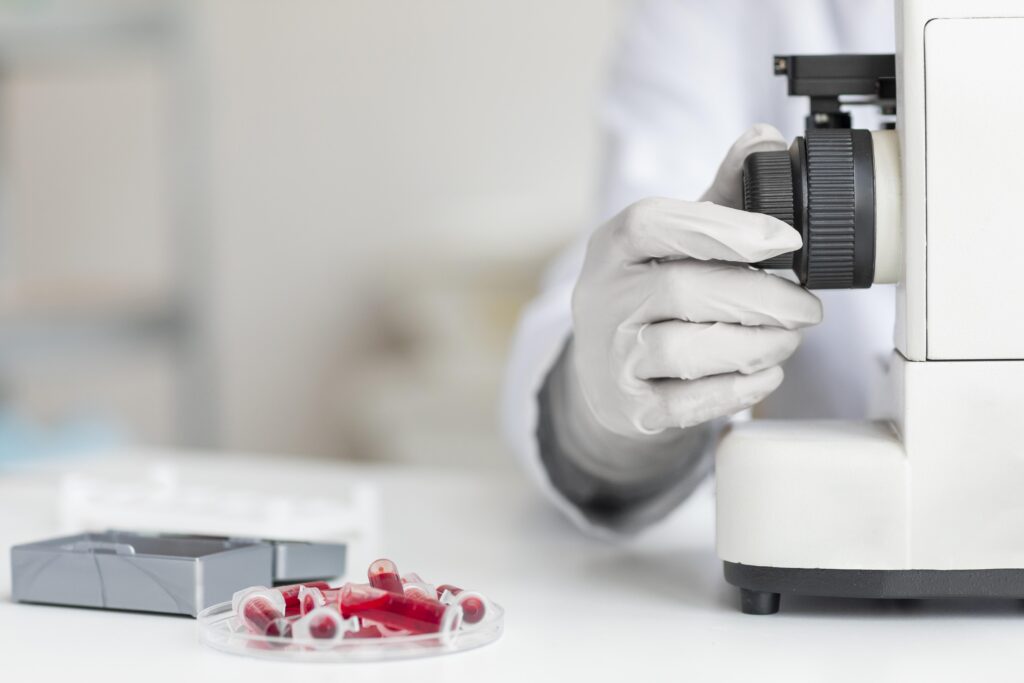
Applications of Microbial Contamination Testing:
Microbial contamination testing has diverse applications across various sectors, including food production, manufacturing, healthcare, and environmental monitoring. Some common applications include:
1 Quality control and assurance in food production facilities
2 Monitoring of water quality in drinking water supplies and recreational waters
3 Detection of pathogens in clinical and diagnostic laboratories
4 Investigation of foodborne illness outbreaks and source tracking
5 Compliance testing for regulatory purposes and certification programs
Conclusion:
In conclusion, microbial contamination testing plays a vital role in ensuring the safety and quality of our food supply and environment. In order to guarantee the security and caliber of our food supply and surroundings, testing is essential. With the use of a variety of advanced techniques, including PCR, ELISA, NGS, and culture-based methods, scientists are able to precisely and accurately identify dangerous microbes. By offering useful information on the levels of microbial contamination, these methods contribute to the protection of public health and the avoidance of foodborne illnesses. Microbial contamination testing will always be a vital component of global environmental and food safety monitoring programs, even as technology develops.

